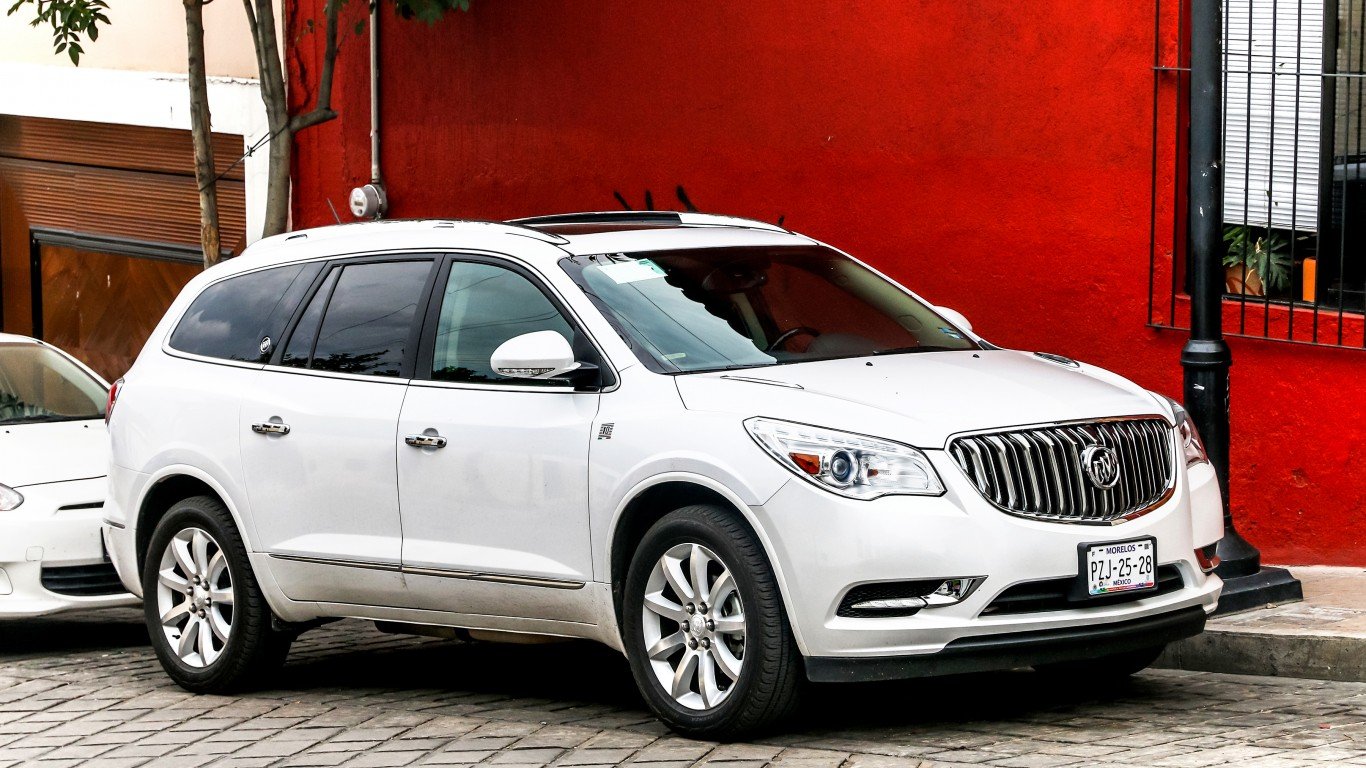Google (NASDAQ: GOOG) announced Tuesday that it has begun building prototypes of a fully self-driving car. Source: Google
Source: Google
The search engine giant won’t be offering the new car for sale, at least not yet. These prototypes are intended to help Google test the latest version of its autonomous driving technology.
But it raises an interesting question: Where is Google planning to go with all of this?
It’s a car… sort of
Google’s prototype isn’t really a fully functional “car” as we think of cars now. It’s more like a cross between a golf cart and the back seat of a taxi.
It may look a little silly, but it has a very sophisticated brain.
These cars won’t have steering wheels or pedals, Google says, “because they don’t need them.” There’s an emergency stop button, but there’s no way for a human driver to take control.
The cars have a lot of sensors, though: They’ll be able to detect objects more than 1,800 feet away in all directions, Google says, without blind spots.
Top speed will be limited to 25 mph for safety. Inside, the amenities are very basic: Seating for two (with seat belts), a little space for stuff, start and stop buttons, and a screen showing the car’s intended route. That’s it.
Google notes that the cars are “designed for learning, not luxury”: They’re research vehicles, so they don’t need heated seats and fine audio systems. But the complete lack of controls is a bit of a surprise.
Of course, the fact that these prototypes are being built at all is a surprise. Is Google planning to enter the auto business?
Does Google really want to be an automaker?
That’s a question that Google isn’t answering right now. It’s not clear if the company is looking to supply technology to automakers — or to become an automaker itself.
The choice to become an automaker is one that might daunt even mighty Google, and rightly so. The auto business has immense fixed costs and slim profit margins — for an automaker, a 10% operating margin is impressive, a far cry from the 24.7% that Google posted last year — and it’s dominated by a small group of companies with massive scale.
Tesla Motors (NASDAQ: TSLA) has shown that Silicon Valley can successfully enter the auto business — but only at great cost, and only with a lot of help from established auto suppliers and other industry experts.
Tesla CEO Elon Musk is a really smart guy, as is his CTO, JB Straubel. But designing and building a good car is hard, and expensive. They couldn’t have done it without a lot of expert help.
It took Tesla years of working with companies far outside the Silicon Valley orbit, like sports-car maker Lotus, Mercedes-Benz parent Daimler, and mighty Toyota (NYSE: TM) — along with major suppliers like Panasonic, and key executives hired away from companies like Volkswagen — before it got to the point where it could manufacture the Model S in its own factory.
And for all of the success of the Model S, Tesla still isn’t swimming in profits: It lost $50 million in the first quarter.
Is this a business that Google really wants to enter?
ALSO READ: The 10 Most Affordable SUVs
Or is it hoping to sell these systems to automakers?
More likely, Google is aiming to become a preferred supplier of self-driving technology to major automakers. The New York Times reported on Tuesday that these prototypes are being built for Google by a so-far unnamed Detroit-area company; it’s likely that Google will continue to rely on outside companies for hardware as they move further down this road.
But if Google is hoping to supply this technology to other automakers, that raises another question: Who will buy it?
Most of the major automakers are already well down the road of developing their own self-driving technology. Already we see the fruits of that research showing up in production cars, in systems like adaptive cruise control and blind-spot monitoring systems.
Ford (NYSE: F), General Motors (NYSE: GM), Volvo, Mercedes-Benz, and others have said that they will have self-driving vehicles on the market within a decade — if government entities allow them.
Maybe that’s the real reason for Google’s prototypes. If the search giant can put them on the road in its home state of California in a small way, and show that they can be safe, then maybe lawmakers and regulators will be moved to create a framework under which they can be sold.
It’s still hard to figure out Google’s angle here, though.
Sponsored: Want to Retire Early? Here’s a Great First Step
Want retirement to come a few years earlier than you’d planned? Or are you ready to retire now, but want an extra set of eyes on your finances?
Now you can speak with up to 3 financial experts in your area for FREE. By simply clicking here you can begin to match with financial professionals who can help you build your plan to retire early. And the best part? The first conversation with them is free.
Click here to match with up to 3 financial pros who would be excited to help you make financial decisions.
Thank you for reading! Have some feedback for us?
Contact the 24/7 Wall St. editorial team.



